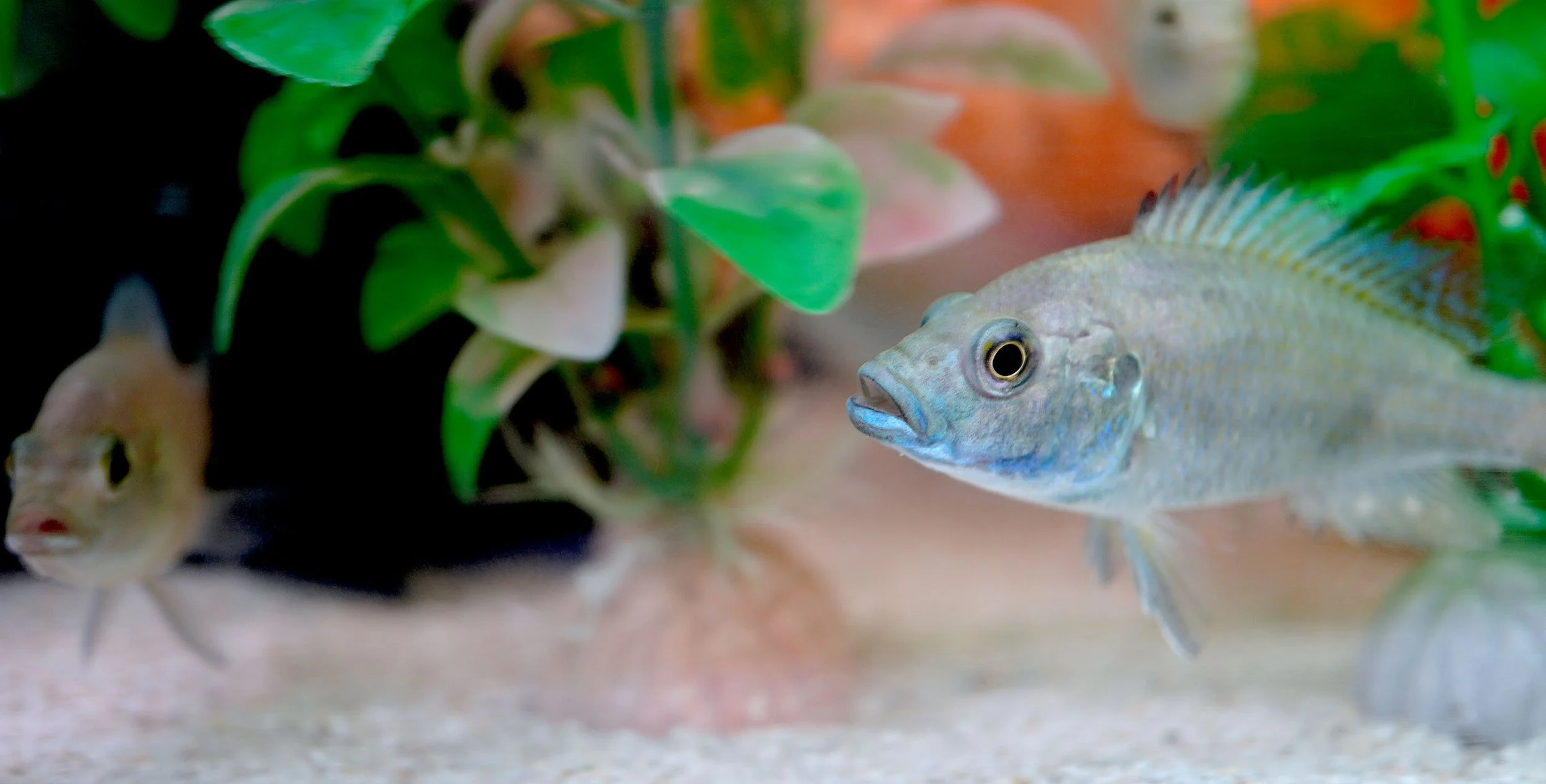You’ve reached the late tailbud stage! Just a little longer to go before you hatched.
Evolution
The Theory of Evolution
How are scientists researching evolution now?
Riddles
-
Normally only out in summer
But on this door I’m here rain or shine!
Find me four in number,
A real Royal tie!
-
What are the red flowers called on the door into Christ’s College?
*Remember to start your answer with a Capital letter.
“If everyone were cast in the same mould, there would be no such thing as beauty.”
— Charles Darwin, The Descent of Man (1871).



